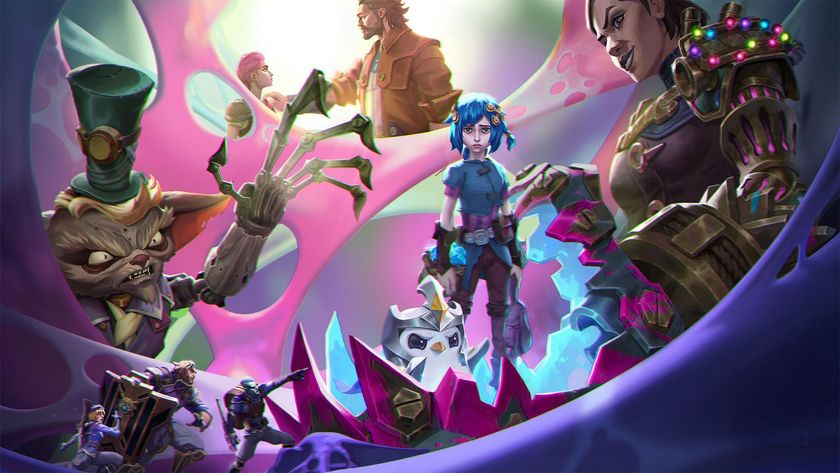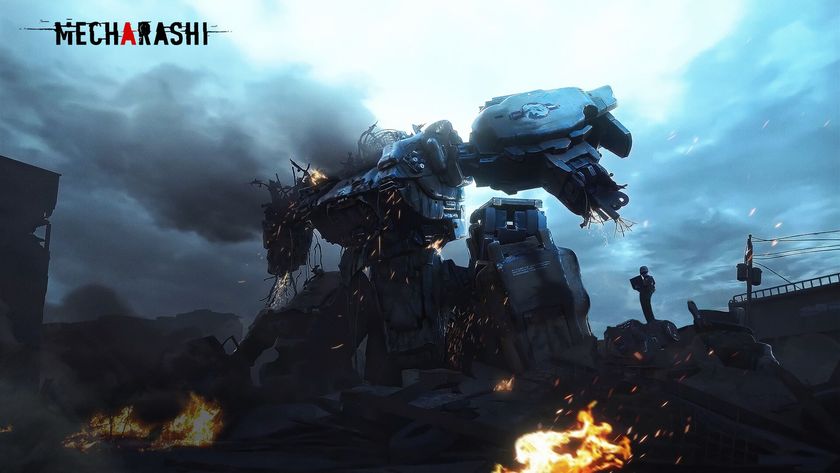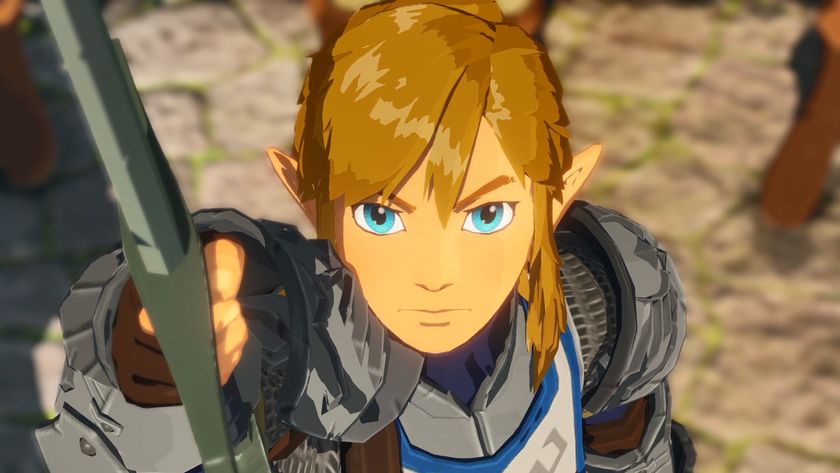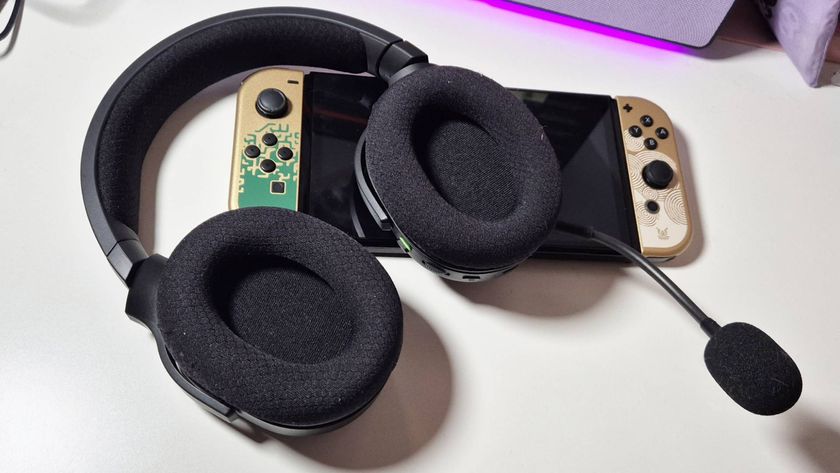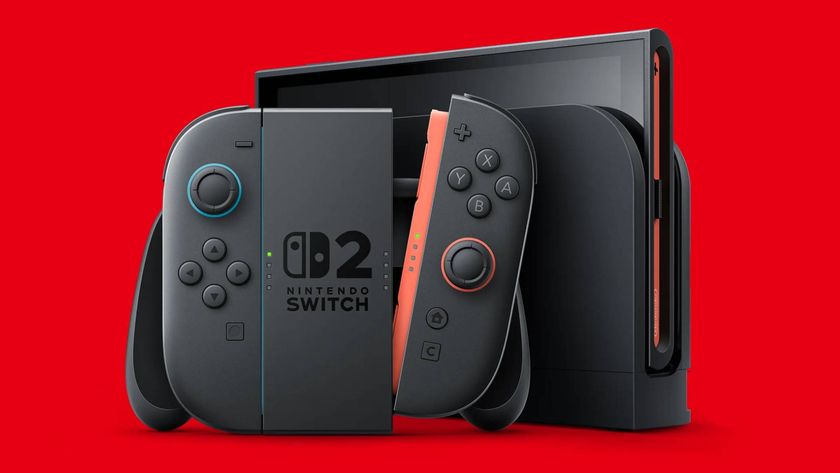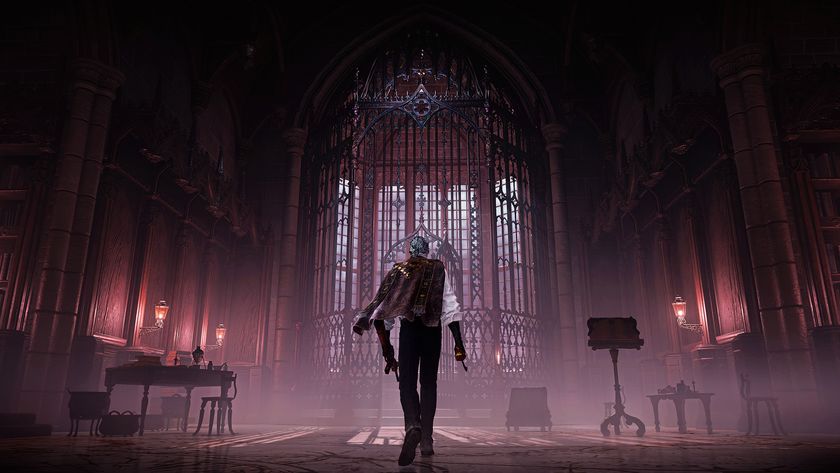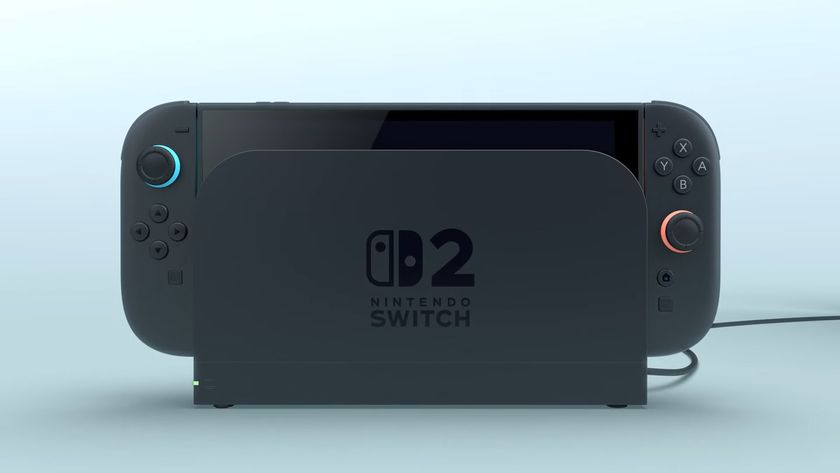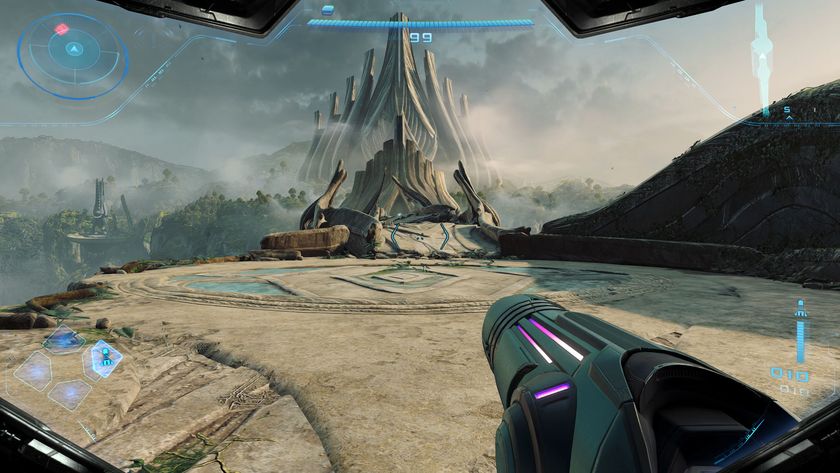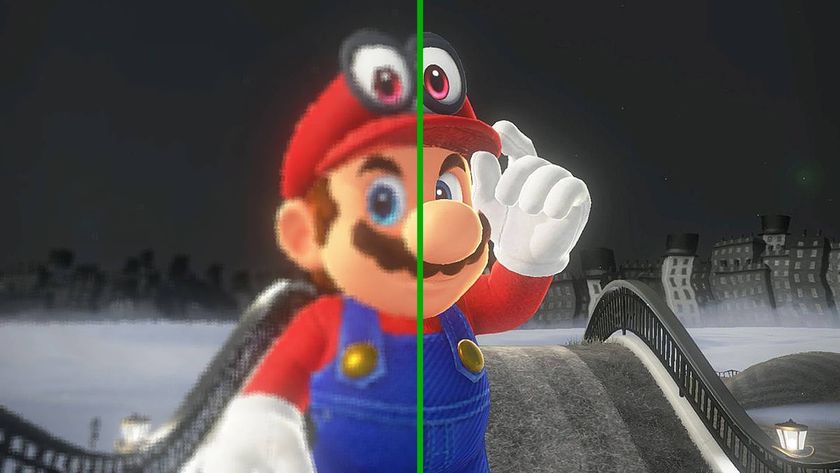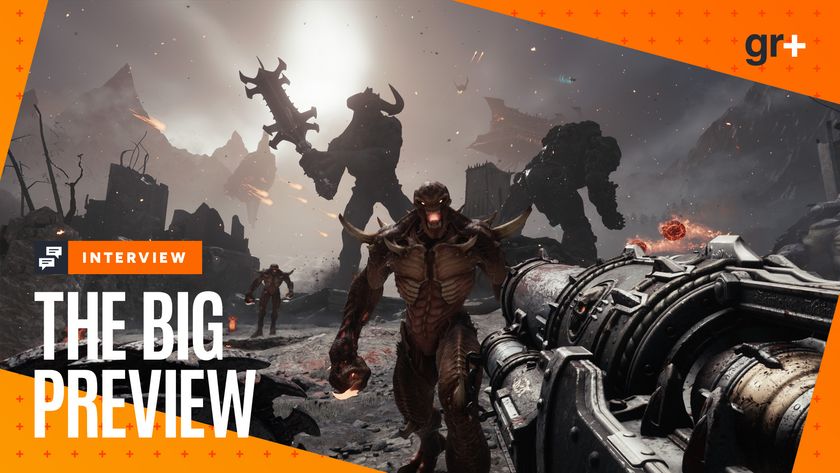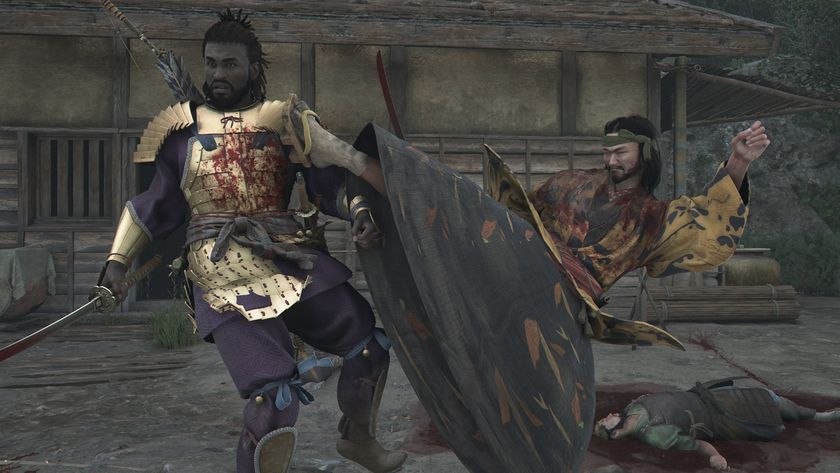How to play RTS games competitively - for newbies
Get good at any RTS and crush your enemies
Fast Expanding as a strategy is just one of many ways to expand. If your RTS limits how many workers you can assign to a resource patch, then building a second (or third) command center at another resource patch means you can build more workers and gather resources more quickly. This doesn’t mean you should just expand willy-nilly every chance you get. Because it costs resources to expand, until the extra income from the expansion pays for itself, you’ll be weaker than your opponent (because he can spend resources equal to your expansion on more units or tech). So, you need good times to expand; not just any old time you feel like it.
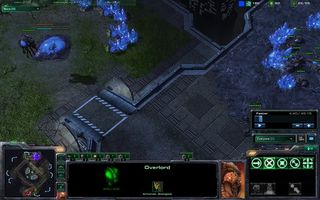
Above: This player is going for the Fast Expansion. Some races are better than others at expanding, so learn where your race stands and what tools you have to aid your expansion (like the Overseer here providing early warning of attacks)
Expanding becomes less risky the lower the chance your opponent has of finding it, so this means that larger maps or maps with many resource patches lower your risk. If you can tell your opponent is bad at scouting, it’s good to expand. Fast Expanding as a specific strategy can work because early on your opponent will have a small army, which makes it harder for him to take out your expansion. But if he knows you’re doing it, he can punish you with a focus on greater forces (Massing). Note that in order to capitalize on an expansion, you need to be good at always building workers, and really good at spending resources because the extra income is useless unless you can spend it fast enough. Also, a great way to ensure your expansion goes up is to harass your opponent at the same time, distracting him from killing your expansion.
Micro is short for micromanagement, and typically refers to the control of individual units as opposed to groups. It’s frankly the most difficult aspect to master, and is the one case where your dexterity will create a ceiling for you – unless you’re gifted with naturally nimble fingers, your micro can only get so good. Still, it’s also an area that has a lot of room for anyone to improve. Let’s take the most basic example of micro – normally, low-skilled players will perform an attack-move command and let their units do the rest, maybe right-clicking on specific targets to kill them with focused fire. The most basic level of micro is if you click on one of your injured units and tell it to retreat before it dies. In the grand scheme of a battle, saving one unit may seem insignificant. Remember, though, that if your opponent has spent time and attack output trying to kill that unit and it doesn’t die, you suddenly have a small advantage. If you can do this with the next injured unit, your advantage increases.
To practice micro, you need to grind it into your fingers and brain through repetition. Like everything else in this guide, you need to focus on only this one thing when training yourself. It should be immediately clear that just playing regular games is inefficient for this. You spend so much time building your base and managing resources that the actual micro practice gets spaced out and thus doesn’t offer proper repetition. One great way that I’ve practiced micro in the past was to organize practice sessions with a friend who wanted to also get better at it. We played a game against each other, and instead of normal play, we agreed to not attack each other until we each built up equal strength armies. Then we set up across from each other in the center of the map and saved the game. Then we fought a battle, loaded the save, and fought again repeatedly.
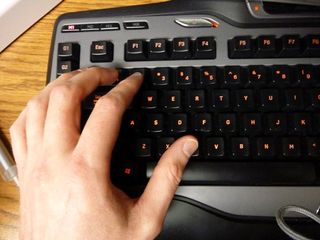
Above: In Warcraft III I customized my hotkeys so that every special ability for units was arranged both visually and within the best reach for where my hand rests on the keyboard. Here you see my fingers resting on the number 1 and 2 keys, which are my common control groups for my army. I noticed that my thumb most comfortably rested on the C key, so I assigned the “attack” command to C. Then I assigned all unit abilities as their icons appeared in game from left to right on D, F, and V. This meant that I could cast spells without ever moving my thumb away from the attack key, and I didn’t have to memorize every spell’s hotkey – I could glance at the icons in the HUD and know that (for instance) the spell on the left would always be activated by D, no matter what unit it was. Experiment and find a method that works for you
There are other ways to practice, like in StarCraft II’s challenges. They are officially designed micro tasks with no base management so you can focus purely on unit control in combat. Often times, players will create custom maps that are designed for practicing micro, so searching for these is another option. Also, watching pro replays of your chosen game can actually improve your micro because you’ll see pros pull off maneuvers you never considered or knew was possible. For instance, in Warcraft III, I learned by watching pros that if one of your heroes is about to die, you can do a “hand off” of a healing potion from one of your other heroes. It makes sense, but is it something you’d really think to do in the heat of battle? After watching pros do it enough times, I actually did spontaneously do it in a battle without thinking about it, and it won me the game because my opponent was so focused on killing the hero he thought was going to die, my army killed his army and my hero drank the health potion in the nick of time. The point is that micro isn’t just about winning – it’s ridiculously fun to pull off by getting you through the closest scrapes.
Sign up to the 12DOVE Newsletter
Weekly digests, tales from the communities you love, and more
One last thing: micro is also about seeing units clearly. Consider turning down graphics options such as particle effects, which will reduce explosions and such, making battles less cluttered. Also try toggling team color options, which can make your units always blue and the enemy always red – you’ll be surprised at how much easier it makes seeing the battle. Finally, play around with settings for health bars – you may like always seeing them (helps you notice wounded units). Micro becomes easier if you customize your options to fit your personal preferences.
You may have noticed that many times in this article, I’ve said “Don’t do this just because it’s fun.” I take competitive gaming seriously, but I do so precisely because I find it fun. The purpose of this guide isn’t to take the fun out of RTSes – it’s intended to make these games even more fun. Once I started playing RTS games competitively, the intensity of it easily made it the most exciting gaming I’ve had in my years of playing videogames. Nothing else has gotten my heart racing – literally – the way competitive RTS playing has. The rush of adrenaline that comes with a close win against a worthy opponent, and finally seeing that “GG” (short for “good game” – conceding the win) beats what any shooter or fighting game can even come close to providing.
Sep 8, 2010


Our favorite knights, tanks, ships, and giant aliens to ever be clicked into combat

Break your psychological chains and rule the virtual world

Can't tell your Zergling from your Zealot? We'll guide you from newbie to master

